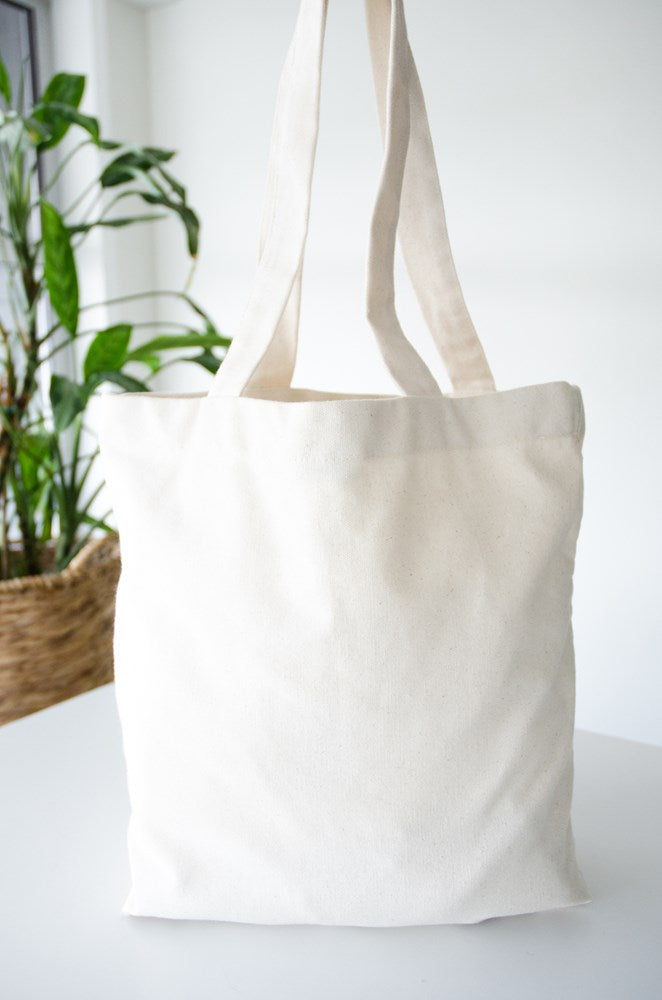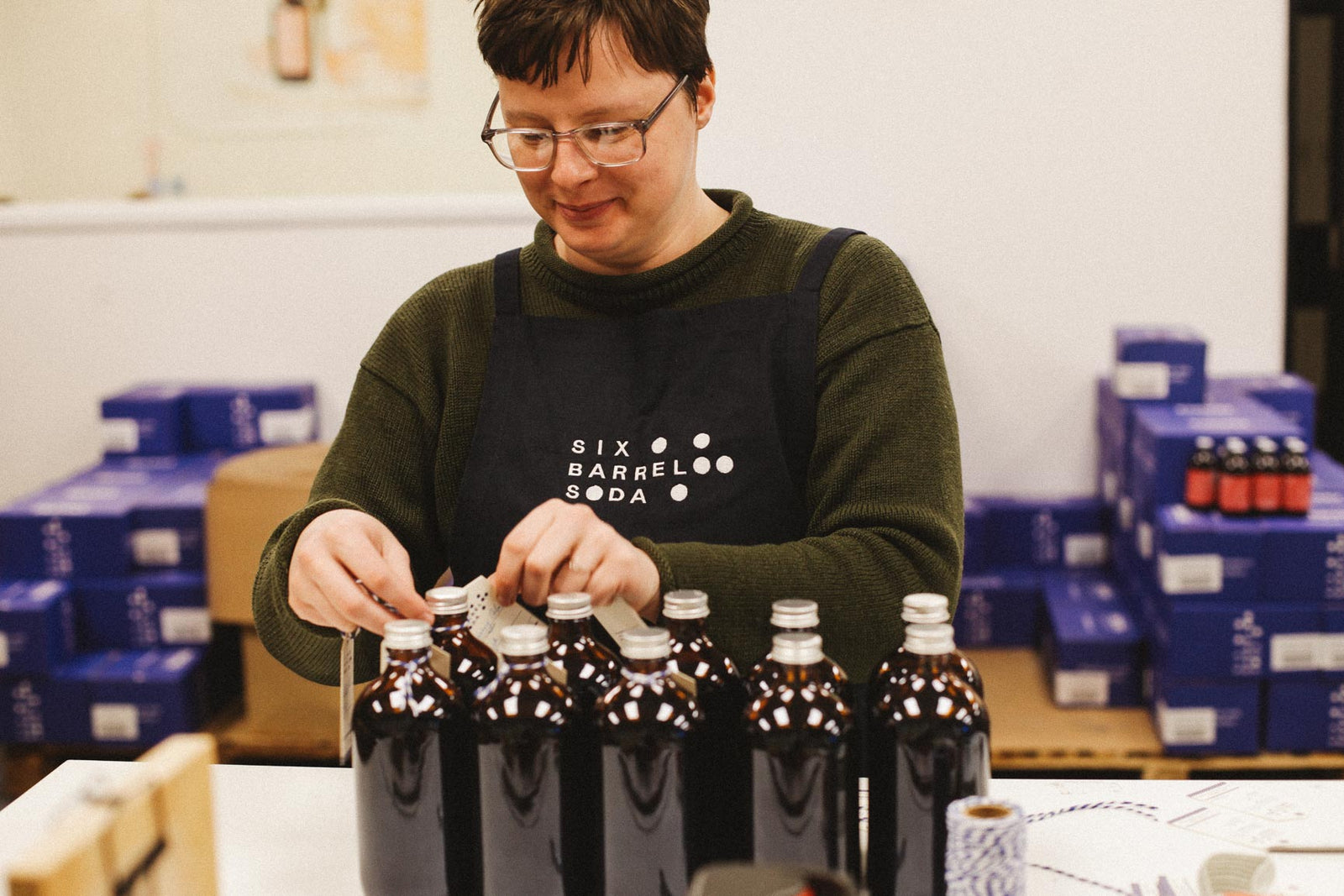The theme for this year’s Fashion Revolution Week is Manifesto For A Fashion Revolution. While Fashion Revolution is a modern concept the reality is that the race to the bottom through forced labour and cheap supply lines is something that has been achieved through the systematic exploitation of people and planet for hundreds of years.
Perhaps less widely known is the story of how cotton became the monolithic monocrop in the first place. In fact, it is the same story of how cotton has systematically been used to impose colonial structures, advance the slave trade and centralise power and control.
A Quick History Lesson on Cotton
For centuries communities around the world grew their own food and produced their own cloth. Cotton grew in patches alongside vegetables and grain it was almost exclusively processed within a few miles of where it was grown.
The trade in cotton cloth was dominated by Indian weavers and traded for Roman gold. In 1647, an Ottoman official complained that “so much cash treasury goes for Indian merchandise that…the world’s wealth accumulates in India.”

Spheres of influence were eventually divided in Asia with Indian textile trade falling into British hands. The British East India company was set up in 1600. Between 1604 and 1701 exports of cloth by the British East India Company grew 70 times. Between 1500 and 1800, over eight million enslaved people were transported to the Americas from Africa to toil the land predominantly picking cotton in the South. African merchants and rulers nearly always demanded cotton cloth in return for slaves. As the slave trade exploded the demand for cloth intensified. More control was asserted over the Indian weavers. They succeeded in both driving the price down and preventing them for selling their cloth on the open market.
Meanwhile with cotton fabric pouring into Europe the English wool manufacturers protested and by the early 1700’s selling Indian cotton in England had been criminalised.
England focused on mechanisation of their local industry raising productivity by 370 times. The effect of these advances resulted in a drop in labour costs in England well below that of India’s. A length of muslin that had cost 116 shillings in the early 1780’s cost 28 shillings 50 years later.
In the US, the invention of the cotton gin in 1793 made the short staple cotton that grew so well in America suddenly commercially viable. The mechanised European cotton mills relied on American cotton and successfully outcompeted Indian weavers.

As expected the Civil War abruptly cut off the American supply of cotton and Britain set about to transform the Indian countryside into a source of raw cotton. Lands were deforested, leading to changes in temperature and rainfall patterns. Private ownership replaced traditional systems which shared harvest. Landless peasants became impoverished and local food sources diminished.
The arrival of the railroad to transport the raw cotton out also allowed British cloth to undersell local cloth, forcing spinners and weavers into agricultural labour. In a huge and swift historic paradigm shift, India became a cloth importer, indeed the largest market for British cotton exports.
As the weavers' livelihoods were destroyed they were forced to cultivate cotton for export, with local food sources gone, the people became reliant on purchased grains, and thus vulnerable to famine. Famine indeed arrived. From 1861 to 1865 food prices went up more than 325% and between 6 and 10 million people died of famines in India in the late 1870’s.
The search for cheap clothing at the expense of people and planet is a deep rooted process that has systematically been used to provide enormous wealth and control for a small portion of people through the exploitation of those that work the land and produce the cloth.

Understanding the history of how cotton became the monolithic monocrop that it is today and the effects this has on environment, communities and people worldwide is a first step in deconstructing the ideas we have around fast fashion. It’s a starting point for educating ourselves and creating a better relationship with our clothes. And it highlights the importance of The Fashion Revolution, learn more here.
Here are a few tips on how to care for your clothes so you can love them for longer.










Leave a comment (all fields required)